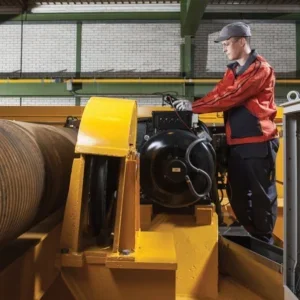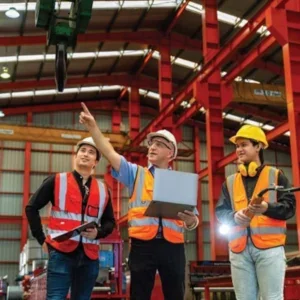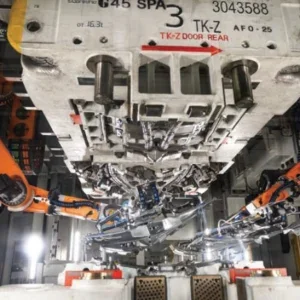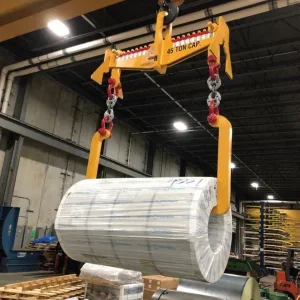The Grimsel, the ‘reservoir of the Alps’, is the ideal region for generating electricity from hydropower; there is a high level of precipitation, steep gradients over short distances, and hard rock forms an ideal foundation for construction.

The Oberhasli power plants (KWO) have been generating clean, environmentally friendly energy there since 1925. Today, nine hydroelectric power stations on eight lakes generate electricity for one million people.
Production can be boosted considerably in the medium term at comparatively low outlay by successively extending and modernising the existing plants. KWO has drawn up a corresponding capital expenditure plan, initial projects of which have already been completed.
The project
Previously, two turbines were operated in a cavern below the Grimsel Lake, 2,000m above sea level. The plan envisaged completely removing one of the generators with its turbine and replacing it with a new supply turbine with higher output.

Ever since the power station was, an old 140t crane had been used for maintenance work on the turbines in the cavern, 30m below. However the maximum height of lift of the crane was insufficient to be able to use it for subsequent inspection work on the new lowered machine. Tenders were invited to modify the hoist, built in 1950, to a lifting height of 40m.
Amacher concluded that it was not practical to modify the old hoist within the narrow one-week window and do so at a reasonable cost. Instead, it quoted for the installation of an additional crane bridge with new hoisting technology, manufactured by Stahl CraneSystems at its Ettlingen crane factory and equipped with an 85t SHW8 rope winch.

A specialised Swiss company took on the transportation of the 13m long crane bridge over the mountainous Grimsel Pass. The narrow approach down to the cavern presented one of numerous challenges.
Movement of the crane bridge through the 2.5m wide, 2m high cavern approach needed to be precise. It was necessary to dismantle several parts of the mobile crane required for erection before it could be moved on site.
It was a tight fit in the underground machine room too; the mobile crane was wedged in between the outside walls and the 40m deep construction pit.

It also supplied an auxiliary hoist for installation work and transporting lighter loads, which was also to be used for work on the backflow valve in the gallery to the Räterichboden Lake, 40m lower down.
The 10t auxiliary hoist, which was designed with high hoisting speed to accommodate the lift height, has a maximum lifting height of 40m.
The old and new cranes work in tandem on the existing crane runway. The new crane was used to erect the new hydroelectric plant and to transport building materials to and from the construction pit. Since construction was completed, the crane has been used for inspection work on the new turbine.






